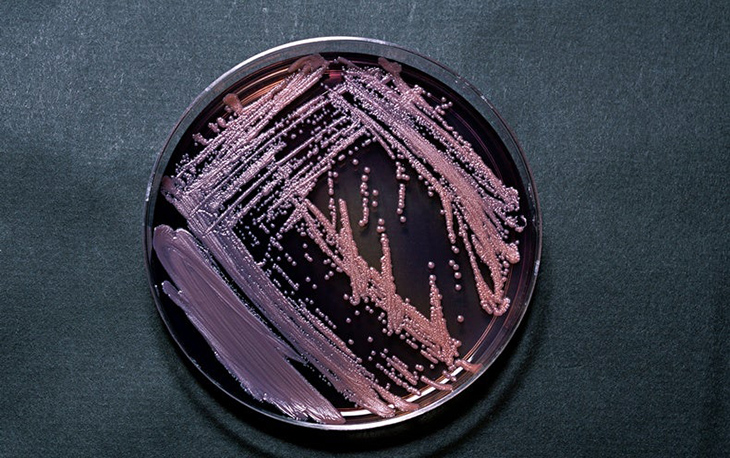
A groundbreaking pharmaceutical innovation, known as Clovibactin, has emerged as a product of the enigmatic and intriguing realm of “dark matter bacteria.” Coined by the media, this term aptly captures the mysterious origins of Clovibactin and underscores its immense potential as a vital source of urgently needed antibiotics.
In the United States, researchers have achieved the remarkable feat of cultivating this elusive bacterium from what they ingeniously refer to as “bacterial dark matter.” This nomenclature draws a compelling parallel with the enigmatic substance of dark matter, which constitutes a staggering 95% of the universe, alongside its counterpart, dark energy, and remains elusively beyond our direct observation.
The genesis of Clovibactin traces its roots to the discovery of bacterial dark matter nestled within the sandy soils of North Carolina. This discovery was the result of a collaborative effort by an international team of scientists who joined forces with NovoBiotic, a prominent Boston-based biopharmaceutical company, to pioneer the development of this groundbreaking drug.
The concept of bacterial dark matter is akin to the elusive nature of dark matter in the cosmos, and this breakthrough in microbiology promises to revolutionize the field of antibiotic development.
Clovibactin’s emergence from the shadows of bacterial dark matter not only showcases the ingenuity and determination of the scientific community but also opens a promising avenue in our ongoing battle against antibiotic-resistant bacteria. As we delve deeper into this microbial frontier, the potential for new and potent antibiotics appears boundless, holding the promise of safeguarding human health for generations to come.
“We urgently need new antibiotics to combat bacteria that become increasingly resistant to most clinically used antibiotics,” Dr. Markus Weingarth said. He is a researcher from the chemistry department of Utrecht University.
“Clovibactin is different. Since Clovibactin was isolated from bacteria that could not be grown before, pathogenic bacteria have not seen such an antibiotic before and had no time to develop resistance. In fact, we did not observe any resistance to Clovibactin in our studies.”
Clovibactin effectively combated a wide range of bacterial pathogens in mice, including the notorious antibiotic-resistant strain of Staphylococcus aureus.
It specifically targets not one, but rather three distinct precursor molecules critical for the formation of the bacterial cell wall—a protective, envelope-like structure that encases the bacteria.
“The multi-target attack mechanism of Clovibactin blocks bacterial cell wall synthesis simultaneously at different positions,” said Professor Tanja Schneider. She is from the University of Bonn in Germany and also the co-author of the study. “This improves the drug’s activity and substantially increases its robustness to resistance development.”
The findings, showcased in the pages of the Cell journal, unveiled the nomenclature of the drug, which drew inspiration from its cage-like mechanism. Clovibactin’s name derives from the Greek word “Klouvi,” signifying a cage.
This nomenclature choice emerged due to the revelation that Clovibactin possesses the remarkable ability to autonomously assemble into substantial fibrils upon bacterial membrane surfaces. These enduring fibrils exhibit remarkable stability, effectively entrapping target molecules for an extended duration, ensuring the bacteria’s demise.
“Since these fibrils only form on bacterial membranes and not on human membranes, they are presumably also the reason why Clovibactin selectively damages bacterial cells but is not toxic to human cells,” Dr. Weingarth said.
“Clovibactin hence has potential for the design of improved therapeutics that kill bacterial pathogens without resistance development,” he added.



